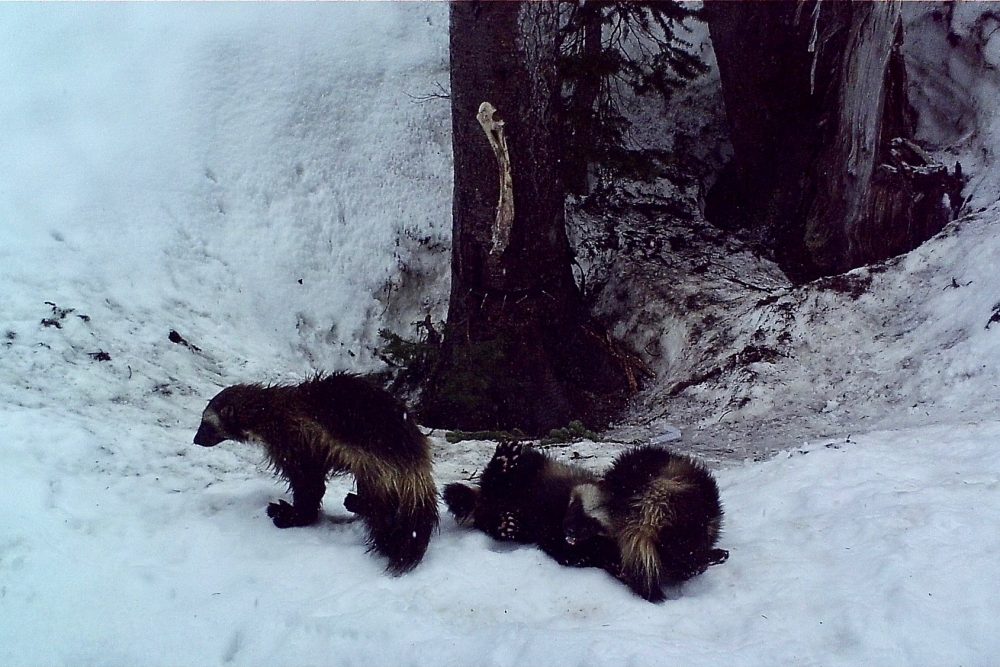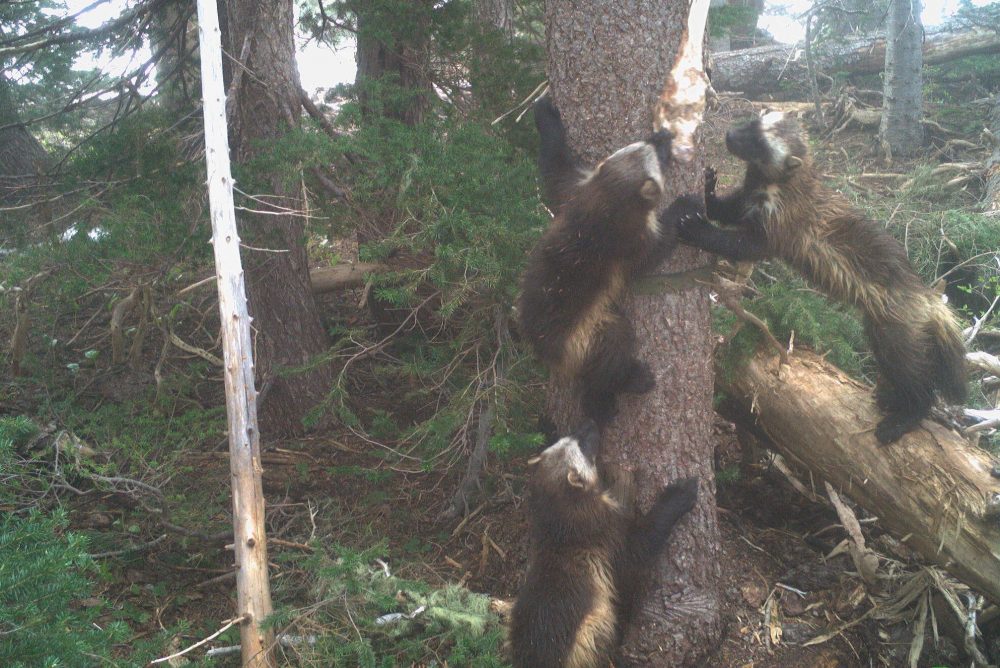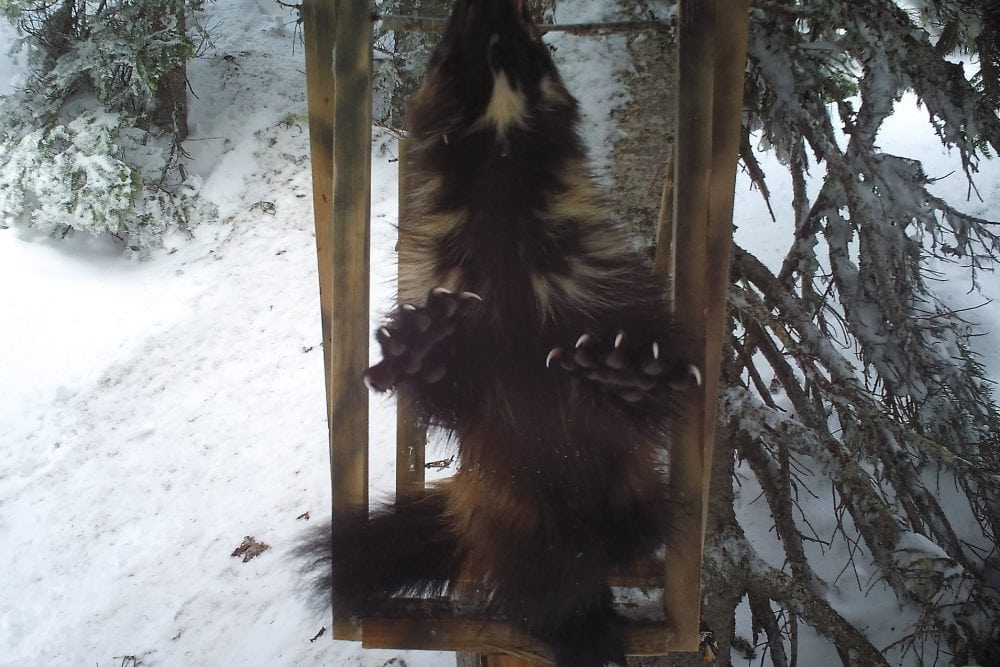
First Wolverines in Over 100 Years Have Been Spotted in Mount Rainier National Park
Today’s exciting wildlife conservation news comes from Mount Rainier National Park, Washington. After more than a hundred years, it appears that wolverines have finally made it back to Mount Rainier—a massive indication that conservation efforts in the region are starting to really pay off.
According to a Mount Rainier National Park news release, scientists have found the very first reproductive female wolverine in the park in over a century. She was accompanied by two kits (the name for baby wolverines).
The superintendent of Mount Rainier National Park, Chip Jenkins, was over the moon by this discovery.
“It’s really, really exciting. It tells us something about the condition of the park—that when we have such large-ranging carnivores present on the landscape that we’re doing a good job of managing our wilderness.”
Chip Jenkins, Superintendent of Mount Rainier National Park

Wolverines at Mount Rainier: “Models for Conservation in a Changing World”
Someone else who’s absolutely thrilled by this significant sighting is Dr. Jocelyn Akins, who leads a team of scientists and volunteers at the Cascade Carnivore Project.
She said that “many species that live at high elevation in the Pacific Northwest, such as the wolverine, are of particular conservation concern due to their unique evolutionary histories and their sensitivity to climate change.”
Wolverines are important indicators of future changes that will end up affecting species that are more tolerant. “As such, they make good models for conservation in a changing world”, according to Akins.
After a number of confirmed sightings in the area around Mount Rainier National Park, combined with perfectly suitable wolverine habitat within the park, scientists expected that wolverines would eventually return to the park.
To monitor the presence of wolverines in the area, they installed camera stations in the park in 2018. And now, for the first time in more than a century, a female wolverine with kits has been spotted—thanks to those very cameras.

In order to protect these vulnerable animals, the locations of the camera stations and the wolverine den are kept secret. Additionally, people recreating in Mount Rainier National Park can help to monitor and boost wolverine recovery in the park. They can do this by, among other things, staying on hiking trails and reporting all wildlife sightings to park rangers.
The following websites are great sources of information about these amazing community-based science projects that monitor carnivores in the Pacific Northwest:
The fact that it’s now once again possible to spot wolverines in the wild in Mount Rainier National Park is something that should excite all national park enthusiasts. These elusive animals are extremely rare in the United States.
Wolverines populations are estimated to vary between 6.2 individuals per 600 square miles of high-quality habitat and merely 0.3 per 600 square miles of low-quality habitat.
This puts the estimated total number of wolverines in the lower 48 states at only 300 to 1,000 wolverines. Now, at least three of them live within Mount Rainier National Park.
Let’s hope several more will follow in their tracks in the (near) future!
